36 home-moving tips that professionals want you to know
Top tips for a seamless move

There's a reason why they say that moving house is one of the most exhausting things you can do in life. Yet with a few savvy tricks up your sleeve, you can turn a stressful time into a seamless operation.
From simple tips to genius hacks, we’ve sought out solutions to some of the common mistakes people make when moving home. Click or scroll for more...
You NEED a moving checklist

In the same way that a shopping list can help you avoid buying duplicates or forgetting essentials, a moving checklist will ensure you stay on track.
Before you tackle any personal effects, or even pack your first box, write a clear plan of action for each room. This will not only help you get an idea of the packing materials you’ll need, but exactly how much work will be required, giving you plenty of time to rope in helpers, have a clear-out and get prepared for moving day.
Get quotes for moving services early
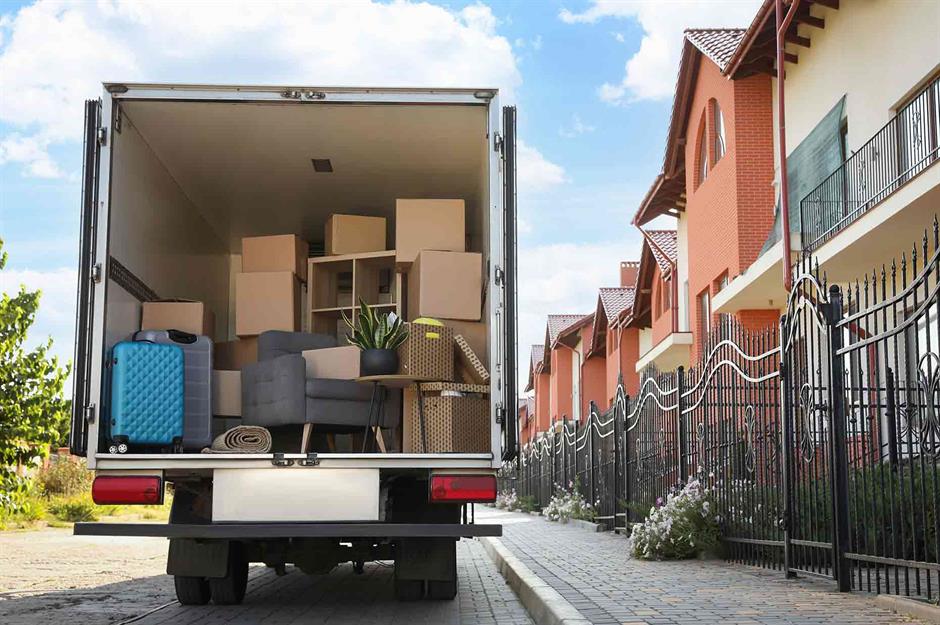
Whether you're renting a large van and doing the heavy lifting yourself or paying for a complete moving service, it's a good idea to reach out for quotes early, especially if you need to move out on a specific date.
If you're going for an all-in service, most companies will ask for an itemised list of the furniture and boxes you need to relocate, however, there's usually some leeway. Within reason, you can often add any unexpected items onto your final bill on moving day.
Change details to avoid fines

As well as sorting out the logistics of your move, it's a good idea to make a list of all the companies you need to contact to update your address. Utilities and council tax are an obvious place to start, but there are a few others that could have costly repercussions should they slip through the net.
You have a legal obligation to tell the DVLA that you've moved or you can face a fine of up to £1,000 – it's free to change the address on your driving license so do this early on. Similarly, failure to change details on your pet's microchip can also land you with a £500 fine. Don't forget to amend your TV license too, otherwise, your new home won't be covered and you could risk prosecution and a fine of up to £1,000.
Begin packing as soon as possible

Packing up your home will always be a more time-consuming job than you expect it to be, so begin as soon as possible. Start with the things you don't use very often, such as seasonal clothes or kitchen appliances and tackle lesser-used rooms first to get ahead. The longer you give yourself, the smoother the process will be.
Don't take clutter with you
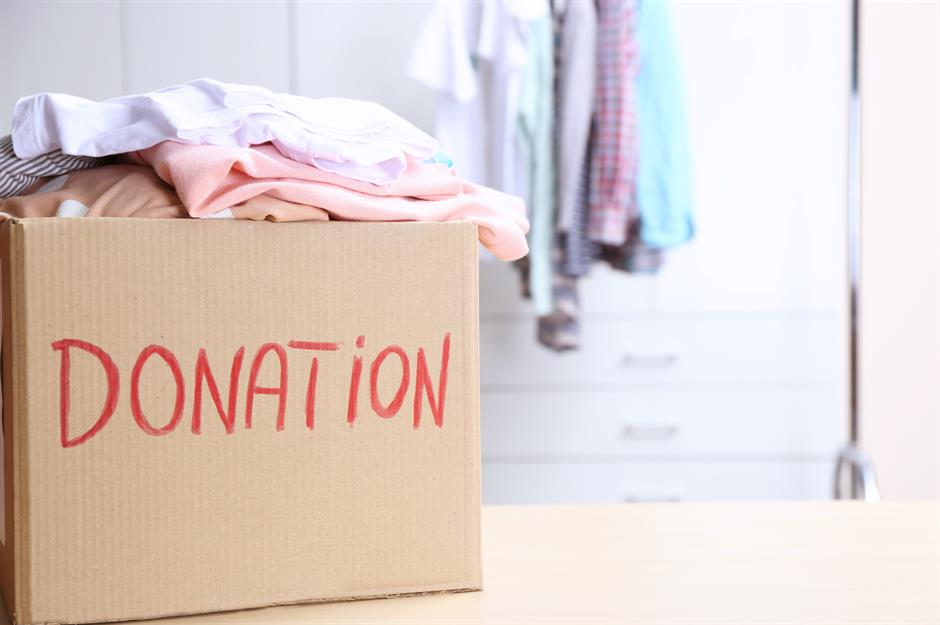
There's no time like moving house to help you reassess your belongings and embark on a thorough declutter. Leave packing too late, though, and it can be tempting to chuck everything into boxes and worry about it later. But having a big clear-out first will save both time and money.
Mark up three boxes with 'keep', 'throw' and 'donate' and sort your belongings accordingly. Be as ruthless as you can. You'll be grateful when you're not paying extra to fill up another van with boxes of stuff that you don't need.
Photograph room setups

Before you start packing up your life belongings, take photographs of your existing room setups –especially if you're fond of a gallery wall layout or how you've organised your shelves.
Keeping the interior of your kids' rooms the same will also help them make the transition. While you may vaguely remember where things went, a quick snap will come in very handy later down the line.
Create an inventory
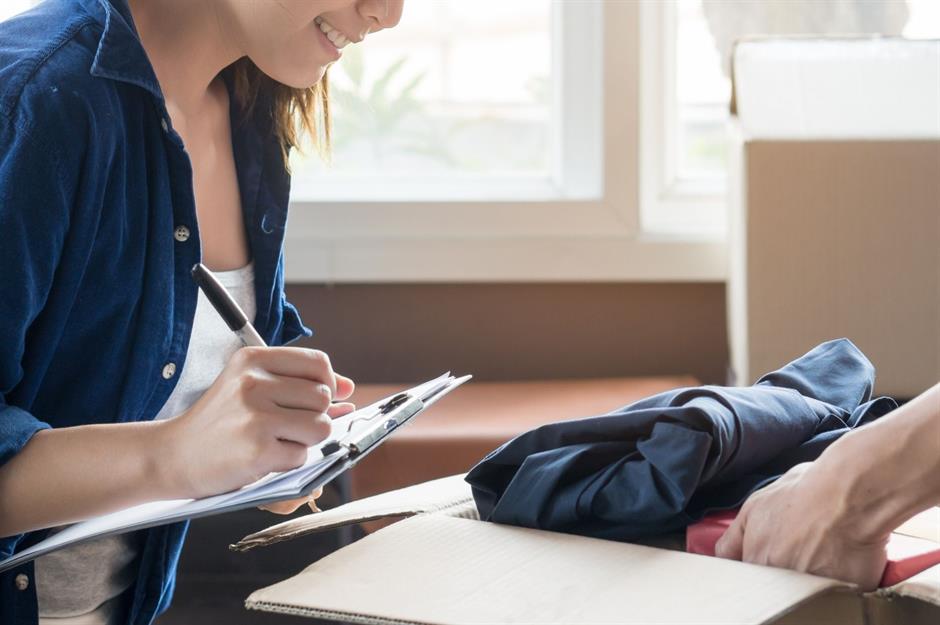
While it's essential that you or your professional movers know exactly where each box should go, it's also key that you know exactly where your belongings are. There's nothing worse than moving into a new home and spending weeks trying to find one particular item. Creating an inventory will help you to keep track of your belongings and will mean you'll know if anything is broken or lost during the moving process.
Think about box sizes
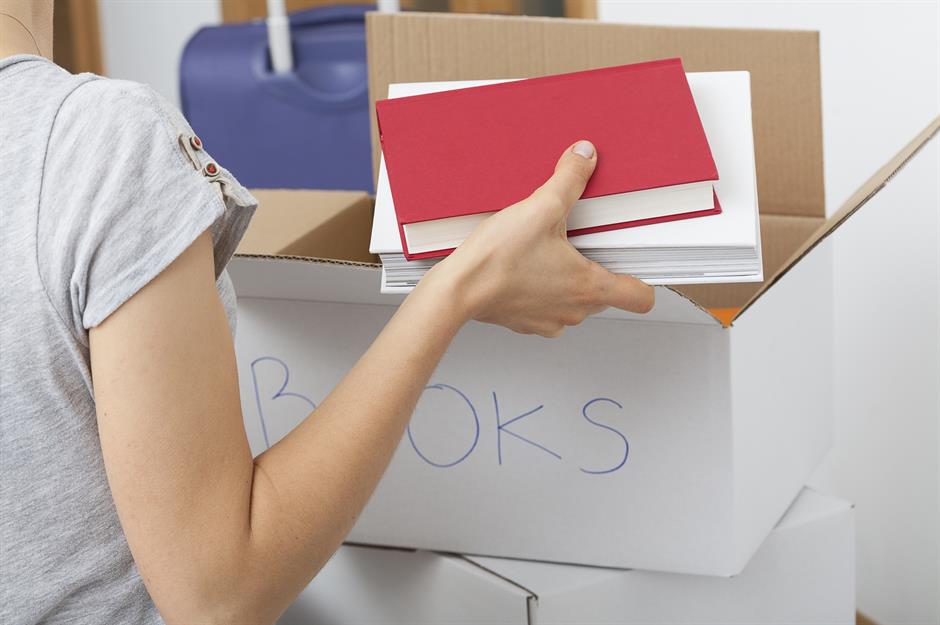
Make sure you get a selection of different-sized boxes. Larger boxes should be used to pack bulky but lightweight items, such as bedding and lamp bases, while small boxes are ideal for heavier items like books and kitchenware. Remember, don't make your boxes too heavy and instead, pad them out with soft items so everything stays snug.
Invest in soft packing solutions too
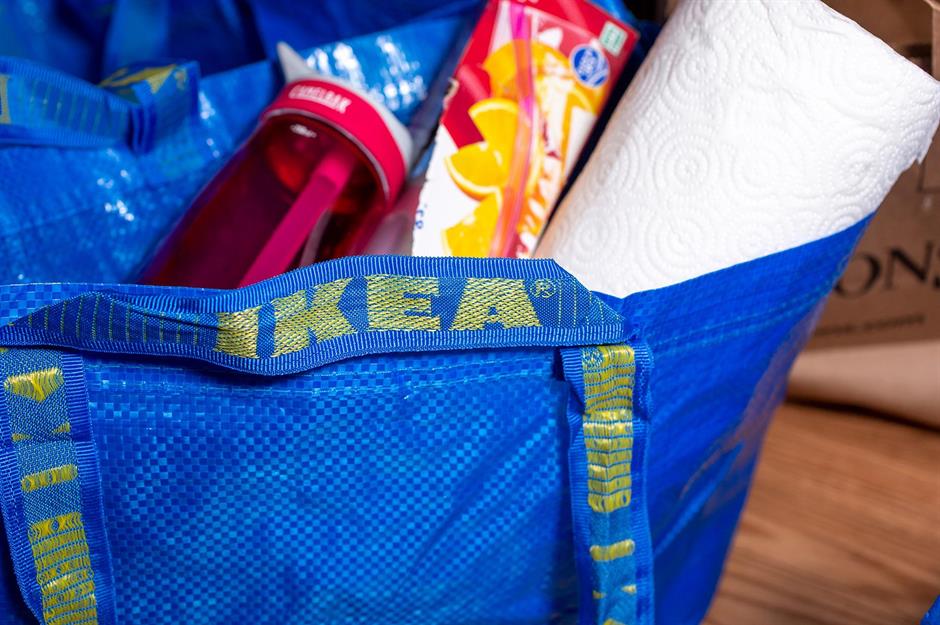
Cardboard boxes are the go-to buy when moving house, but investing in softer packing solutions too can make the removal process a lot easier in the long run. Zippable holdalls or old IKEA bags offer more flexible storage as opposed to unyielding boxes.
A malleable alternative, they can be easily squeezed around your furniture in the moving van. Plus, while most of us will simply dispose of all those boxes once the move is over, these bags can be folded up neatly and stored for the next move.
Prep your packing boxes
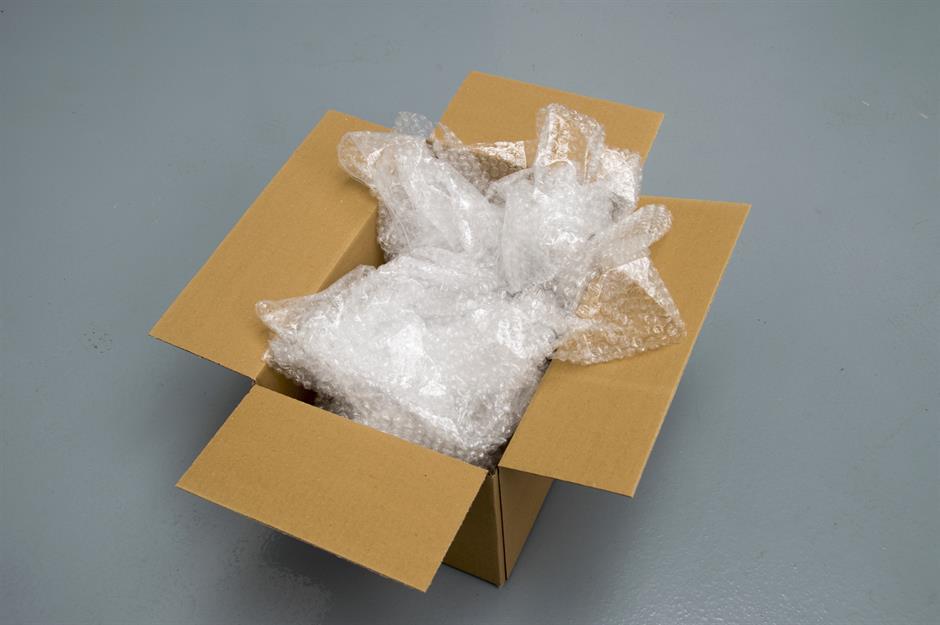
Before you start packing breakable items such as glasses and crockery, always cushion boxes with a layer of packing paper and bubble wrap. It's also a good idea to reinforce boxes by taping their bottoms thoroughly before you start filling them. You could even double up on boxes for particularly heavy and valuable items.
Label everything
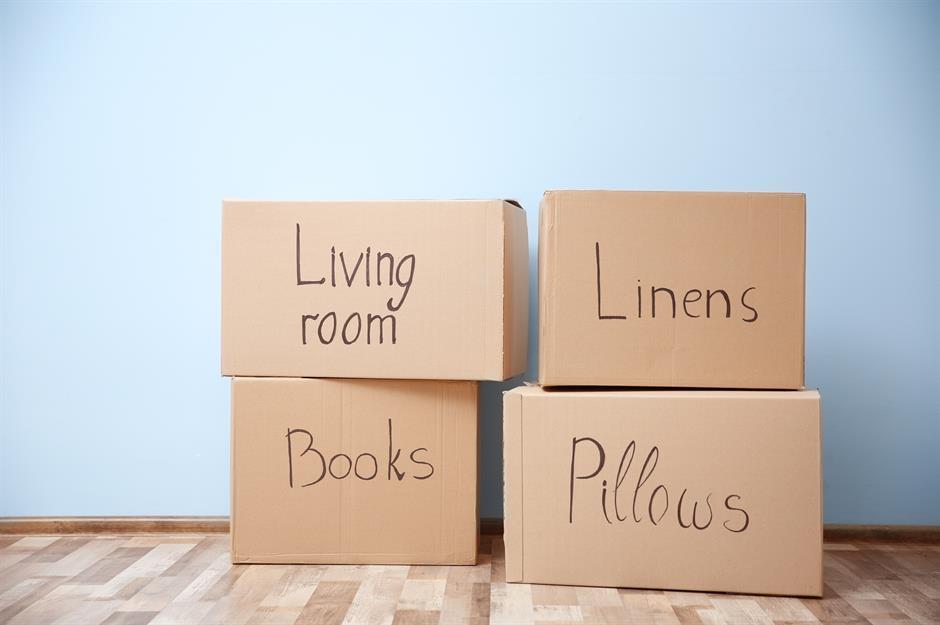
This common-sense suggestion is all too easily overlooked in the frenzy of the move. But when you're left facing a new home that's wall-to-wall with generic beige boxes, you'll be very pleased that you took the time to write the contents on each box. Use a clear marker pen and make the list along the sides of the box as it will be easier to see when they're stacked.
Colour-code your boxes
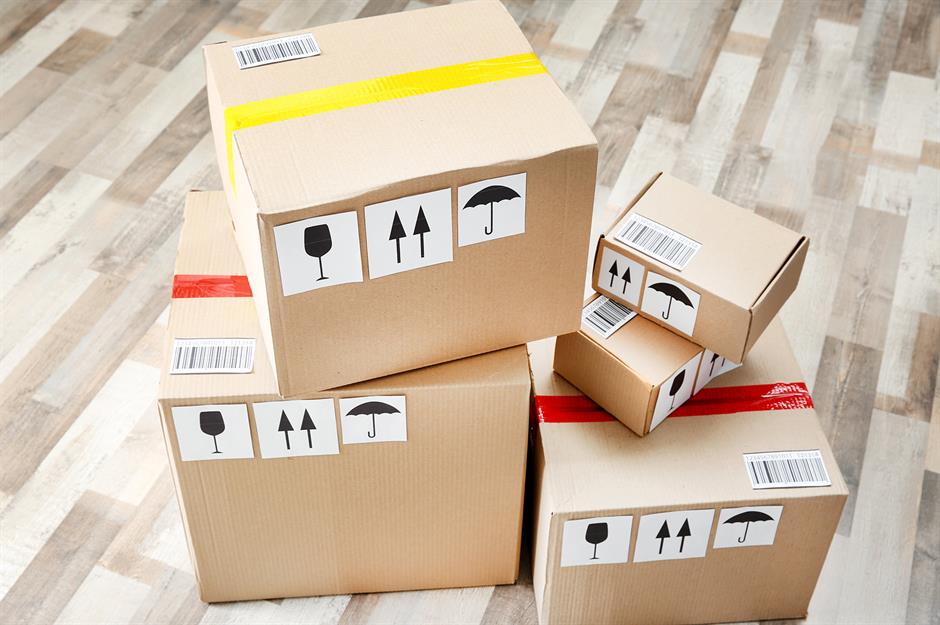
Take it one step further by placing coloured stickers or bright strips of tape on your boxes to identify which room they were in and should be moved into. Share your colour-coding system with your movers and tape the correct colour label to each room's door, so they know exactly where to place the boxes. This will save you from having to heave them into the right room later.
Cut handles in boxes
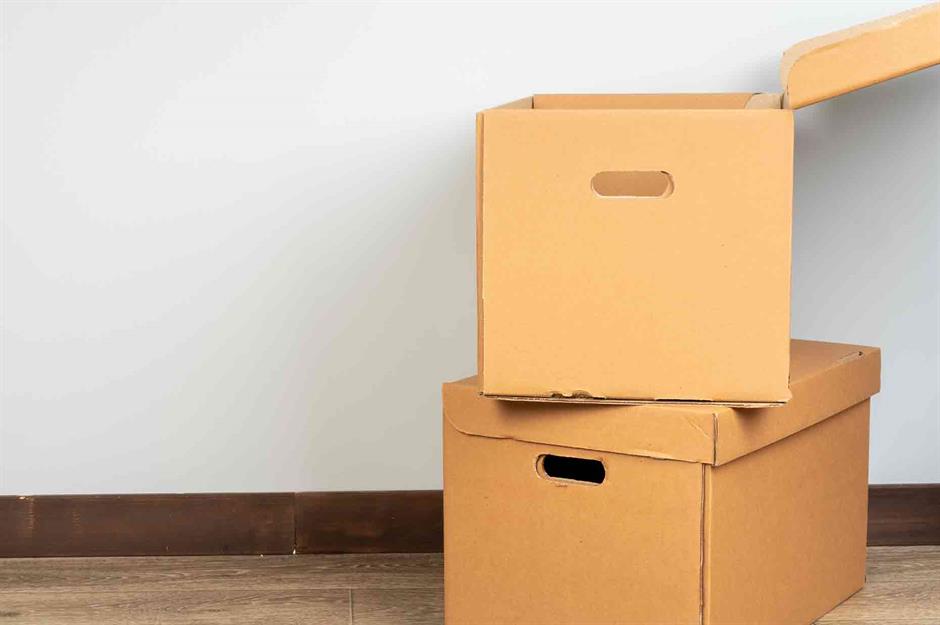
If you're moving some of your belongings yourself, try this nifty tip to help make your boxes easier to carry. Take a box cutter and remove a triangle or rectangular slot on each side to create some handles. Make sure you don't cut the hole too close to the top or overload the box, as it could tear. You can also buy boxes with pre-cut handles.
Single out first-day essentials
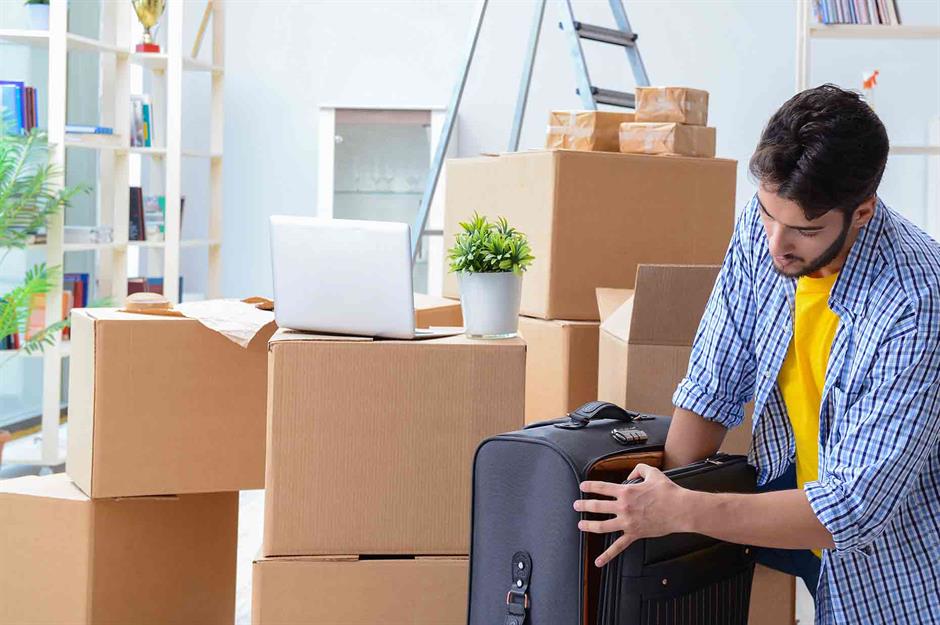
Fill a suitcase or clear plastic box with essentials for the first few days as it'll be impossible to locate everything you need. This should contain basic things such as a few items of clothing, toilet paper, bin bags, cleaning materials, toiletries and light bulbs, as well as chargers, any pet or baby food, some cutlery and a couple of plates.
Think of it as though you're camping in your new house. Make sure it's the last box to go in the van, so you can easily retrieve it.
Pack like you're going on holiday
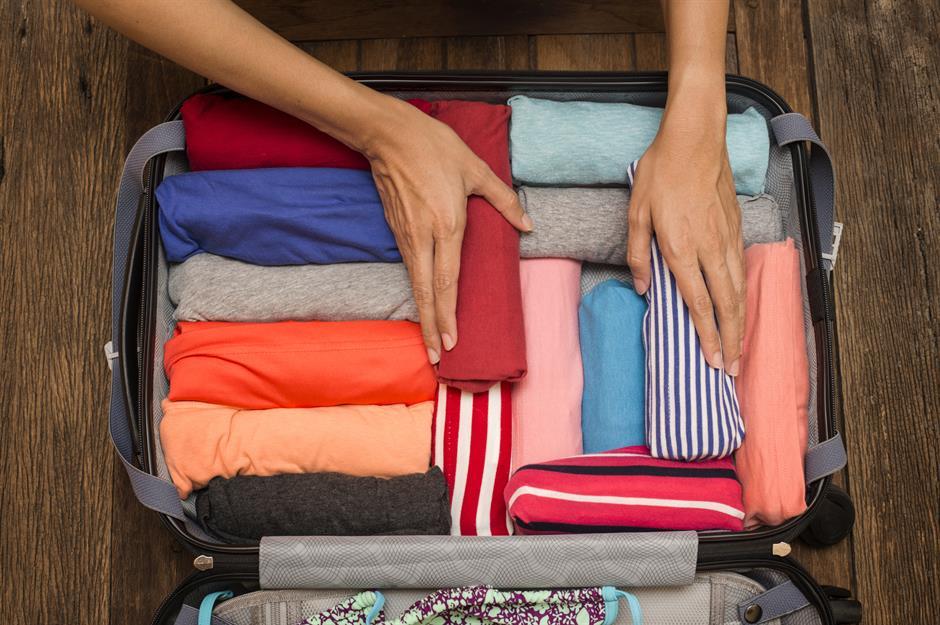
There's no point in buying more packing boxes if you have empty suitcases, bags or wastepaper bins lying around. Use these to pack any non-hanging clothes, towels and bedding, and be meticulous about how you arrange them. When it comes to maximising space, the rolling method has the edge.
Keep wardrobe clothes on hangers
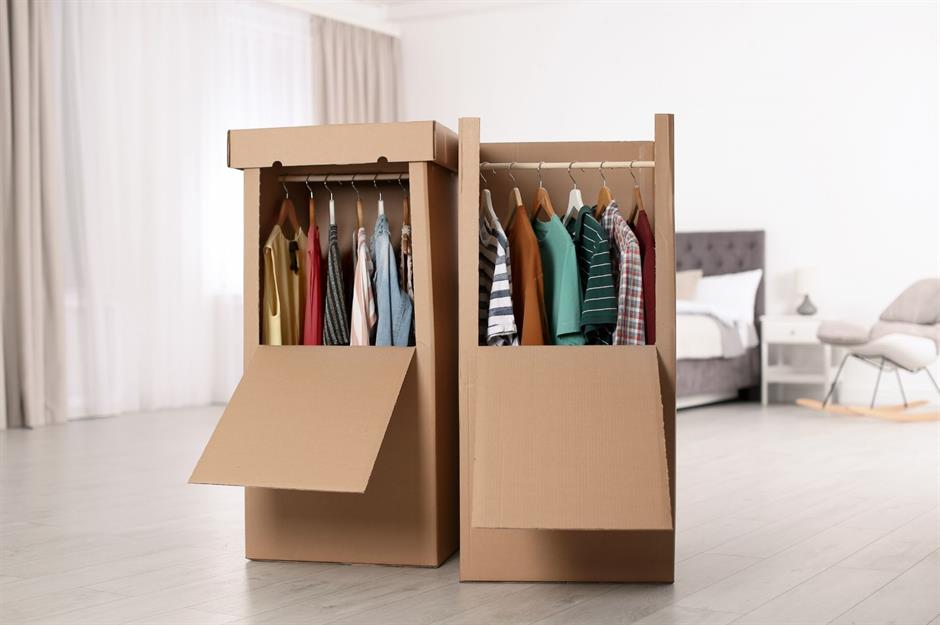
There's absolutely no point in taking your wardrobe clothes off the hangers. Save time at both ends of the move by grabbing a section of clothes and tying the hangers together with cable ties or string.
Poke the hangers through the bottom of a bin bag and pull down over the clothes to protect them during the move. A good removal company should also provide special wardrobe boxes for you to hang them up on.
Tape drawers shut
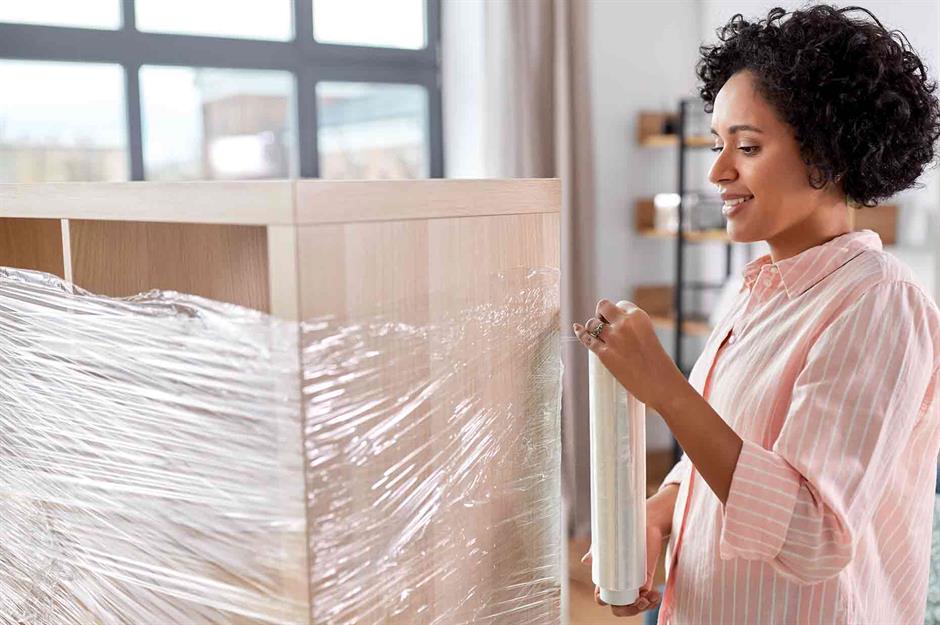
Don't waste time unpacking chests of drawers only to repack them once you've moved – unless they are too heavy to carry when full, that is. Instead, fill any empty drawers and tape them shut or wrap the entire piece of furniture in plastic film. This will stop the drawers from falling open when in transit. It's also a good idea to tape wardrobes shut to keep the doors flat as you carry them downstairs during the move.
Photograph electronic setups
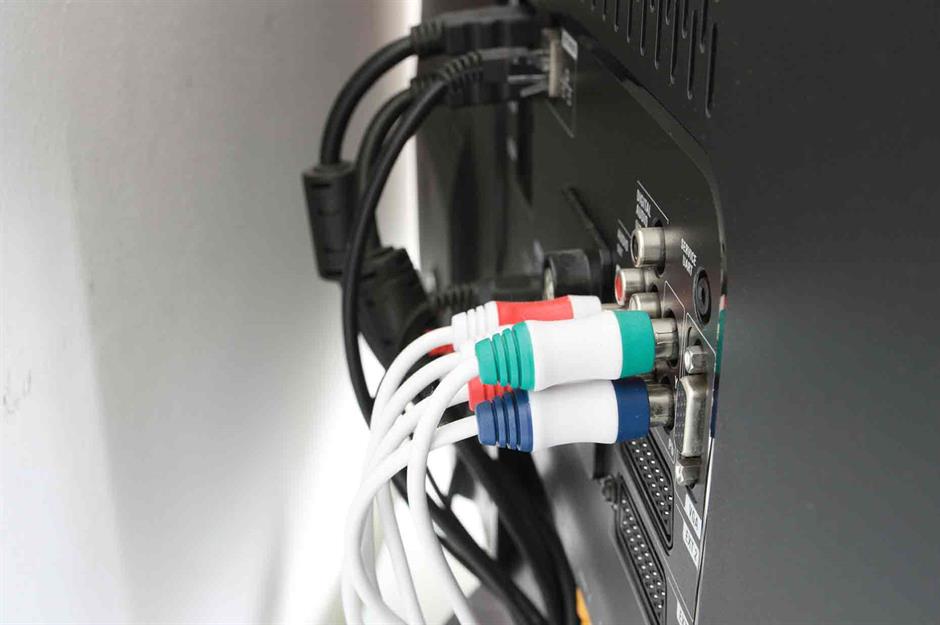
Before you start dismantling your TV or disconnecting your computer, be sure to take a quick photograph of the back setup. This way you'll know exactly how to reconnect all of the cables and cords when you're settled in your new pad.
Unless you're an electronics pro, this will be a godsend at the end of the day when all you want to do is put your feet up and watch Netflix with a well-earned takeaway.
Don't mix up your nuts and bolts
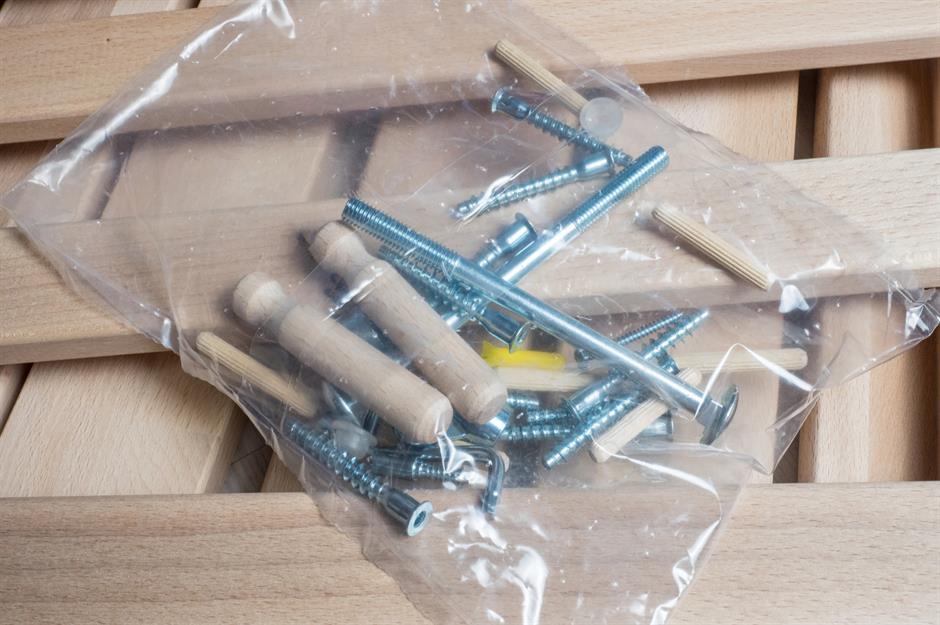
You may have to dismantle some items of furniture to make moving easier. If that's the case, don't make the mistake of chucking all the nuts, bolts and Allen keys into one box.
Instead, keep each item's parts separate in resealable plastic bags and tape securely onto the respective piece of furniture, ideally with the manual, too. You may also want to label the bag, just in case it works its way loose during the move.
Don't get your electric cables in a tangle
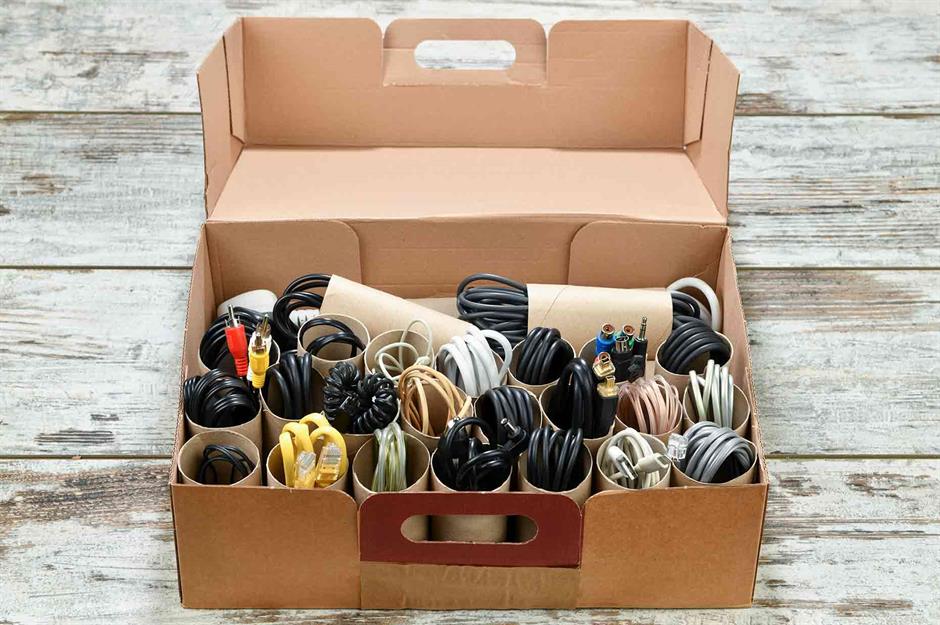
Don't just shove your leads and cables in a box. Instead, try this nifty trick. Put empty toilet paper tubes to good use and utilise them as dividers for electronic wires. Place tubes vertically in your box or drawer and put one lead in each to avoid the box becoming one huge tangled mess.
Protect your mattresses
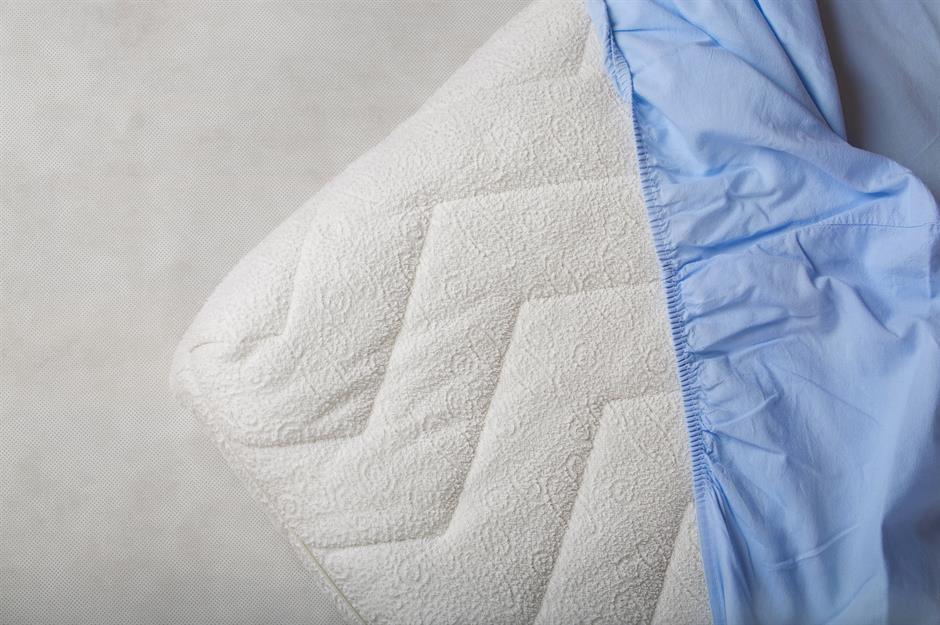
Setting up your bed should be one of the first things you do once you're in your new home, as you'll want nothing more than to sink into it after a long day on your feet – so don't arrive with a grubby mattress.
If you don't have a mattress bag or large plastic sheet, cover it using a fitted sheet on either side instead. They'll be far easier to wash afterwards than the mattress itself.
Don't forget to wrap furniture legs
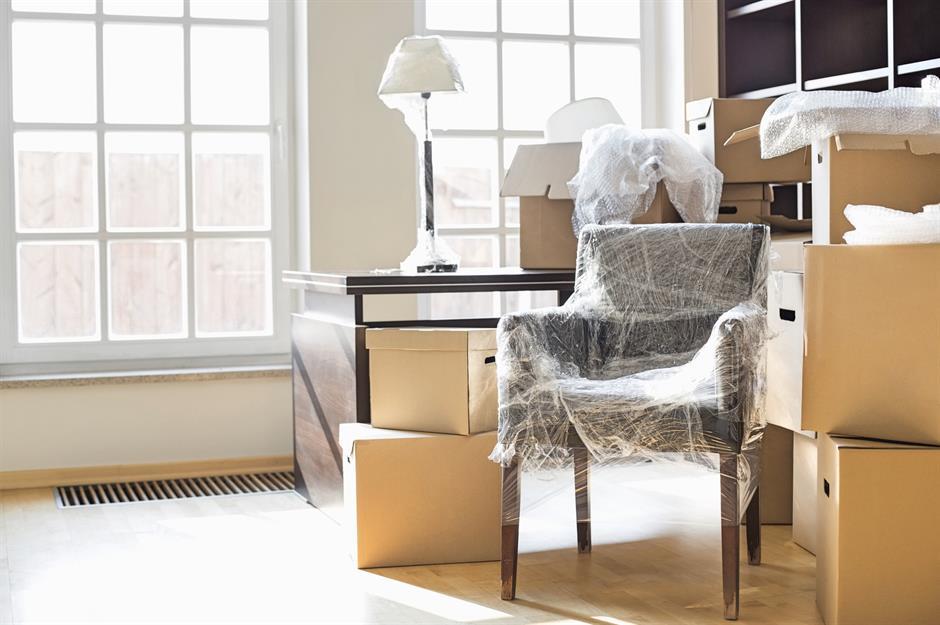
One thing that's often overlooked in the moving mix is protecting the legs of armchairs, sofas or wardrobes. Simply use some old newspaper or bubble wrap if you have any spare, and secure it with tape. This not only stops the legs from getting damaged but it will also prevent your new floors from being scratched when you or your movers push the furniture into place.
Don't pack the toolkit

There will be numerous moments during a house move when you will reach for a screwdriver, spanner or box-cutter, so make sure you have your toolbox to hand, ideally stowed away in your car.
You can also decant some key items into your first-day essentials box, with all of the tools you'll need to reassemble your furniture or carry out any other emergency DIY jobs.
Get savvy with your wrapping
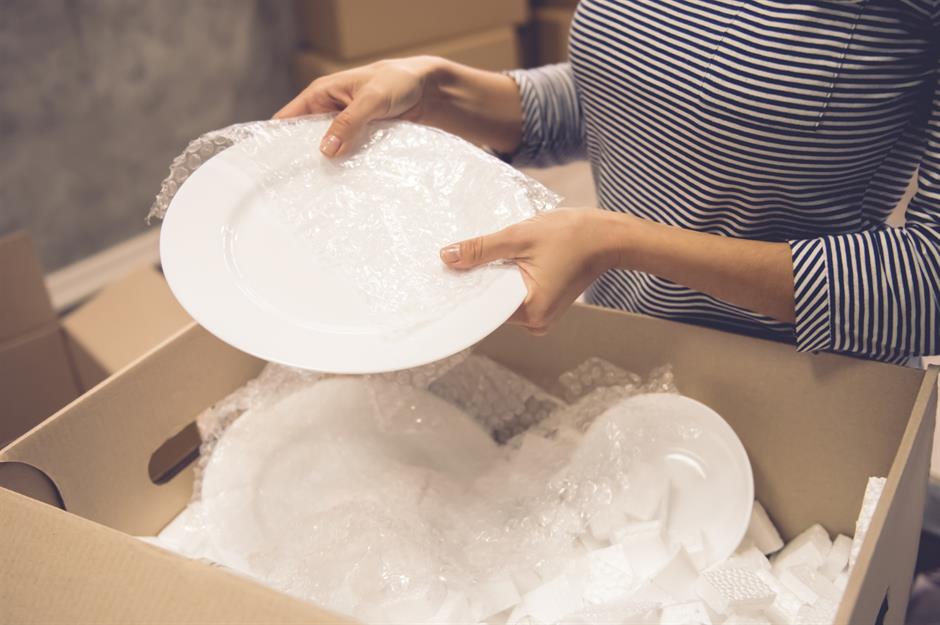
Savvy packing can be a lifesaver! Place a paper or polystyrene plate between your ceramic plates to help protect them. You can then wrap the stack in bubble wrap and tape. You can then reuse the plates later on. While we're on the subject, a quick way to keep cutlery in place is by wrapping the entire tray in plastic film.
Mix heavy and light items
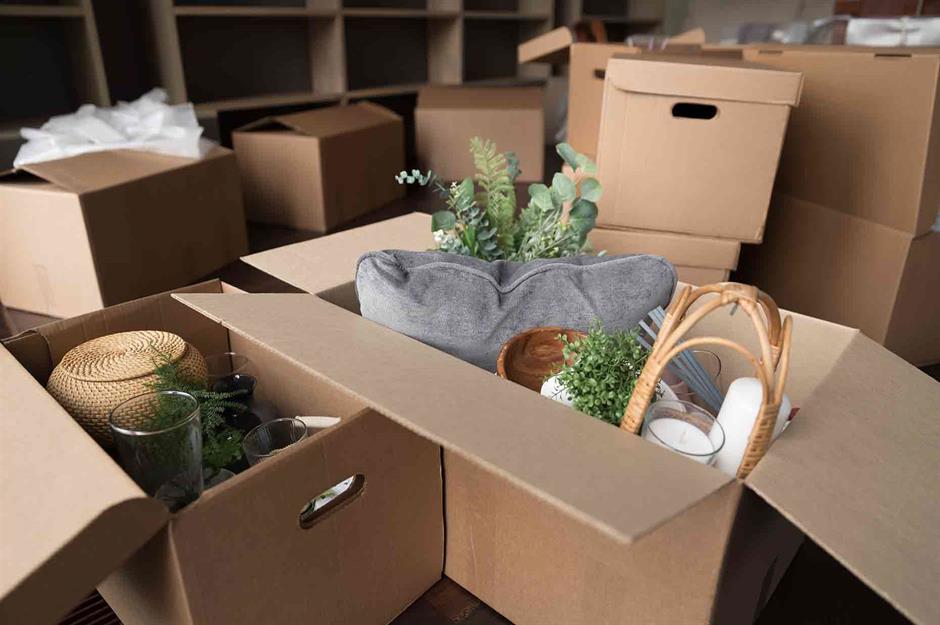
While it can be tempting to keep everything together and put all of your books in the same box, the result will be an incredibly heavy load to shift. Instead, split weightier items across a few boxes and fill the remaining space with lighter items, such as magazines, desk supplies, cushions and soft furnishings. You'll thank yourself come moving day!
Cling film is your best friend
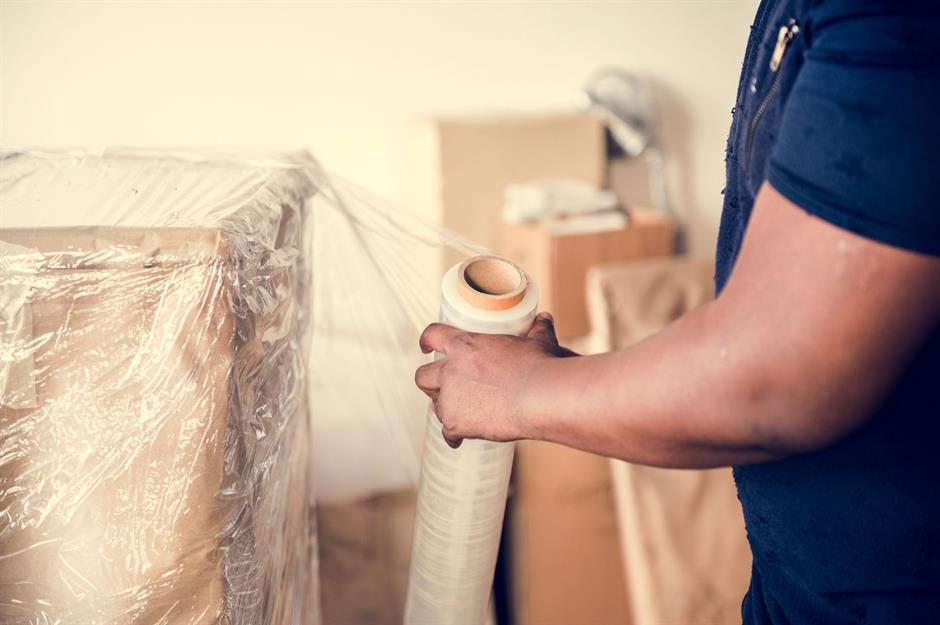
Plastic wrap or cling film is an extremely useful tool. From cutlery to boxes of toys, simply wrap up your items and you won't need to worry about losing anything en route. Plus, the kids will easily be able to locate their favourite playthings without having to open endless boxes in search of them.
Cling film is also ideal for large boxes, pieces of furniture and non-secure items – opt for compostable products to lessen the impact on the environment.
Always pack plates and glasses vertically
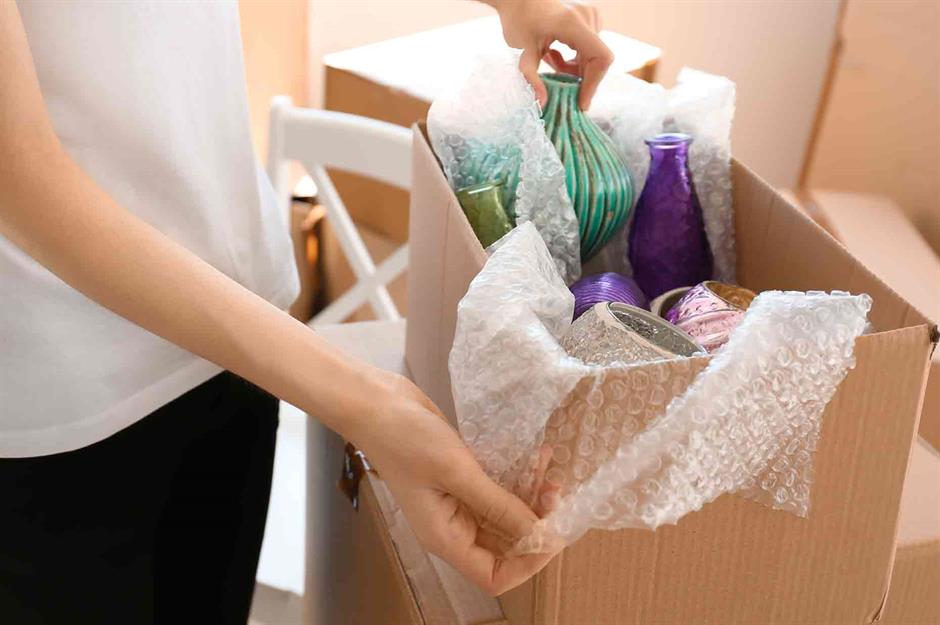
In a similar way to how eggs don't break when you squeeze the ends, but they will if you squeeze the sides, glasses and plates are far less likely to break when packed vertically. Always be sure to pack boxes from heavy to light, too – so tumblers and vases go in first and delicate stem glasses should be packed towards the top and covered with a cushioning layer. Don't forget to write 'fragile' clearly on boxes that contain glass and crockery.
Use vacuum bags for clothing and textiles
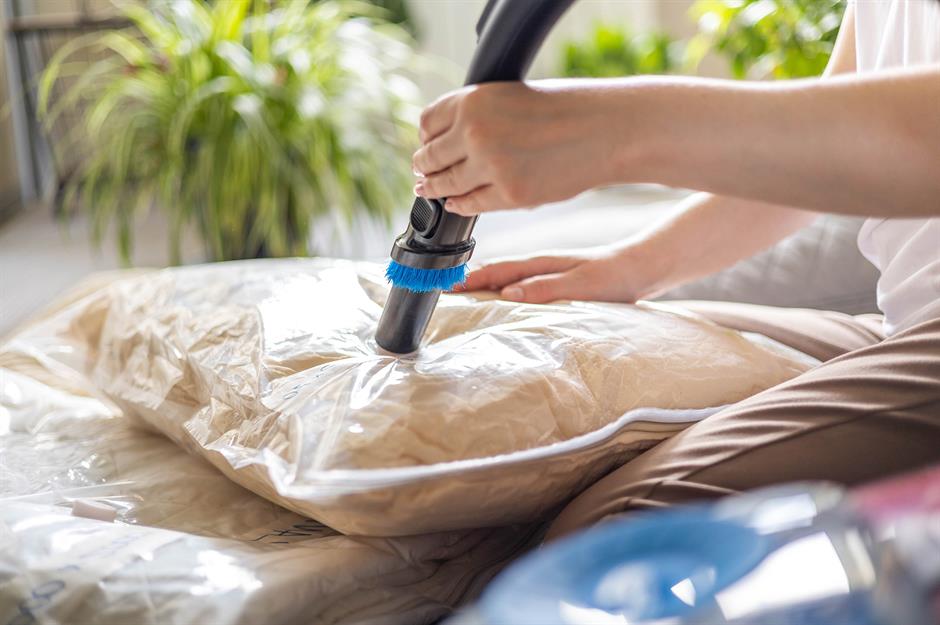
These nifty vacuum bags are an amazing way to reduce the volume of your packing. Ideal for clothing, duvets, bed sheets and towels, you simply place your items into the bag, attach the vacuum and watch them shrink.
Not only will it leave you with fewer boxes to pack, but your vacuumed textiles will be protected from dust and dirt during the move, and arrive at your new home as fresh as when you took them out of the wardrobe.
Use cushions or bedding to fill empty gaps
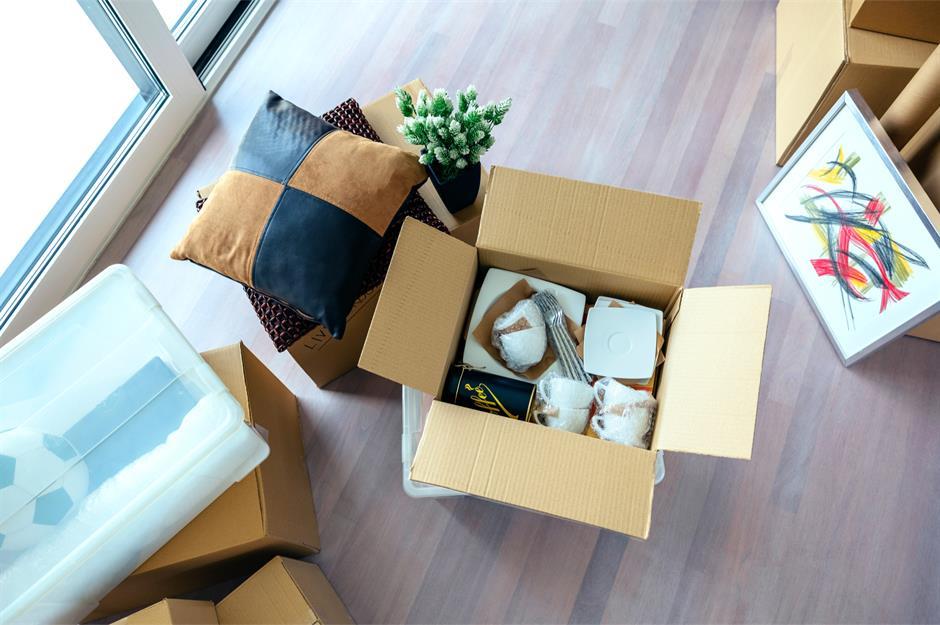
Make sure all of your boxes are full and feel sturdy so items don't move around or boxes get crushed. Try placing cushions or pillows at the top or put towels, bedding, blankets and curtains to good use by utilising them as wrapping and padding for other items or pieces of furniture.
Fill up empty containers with smaller items
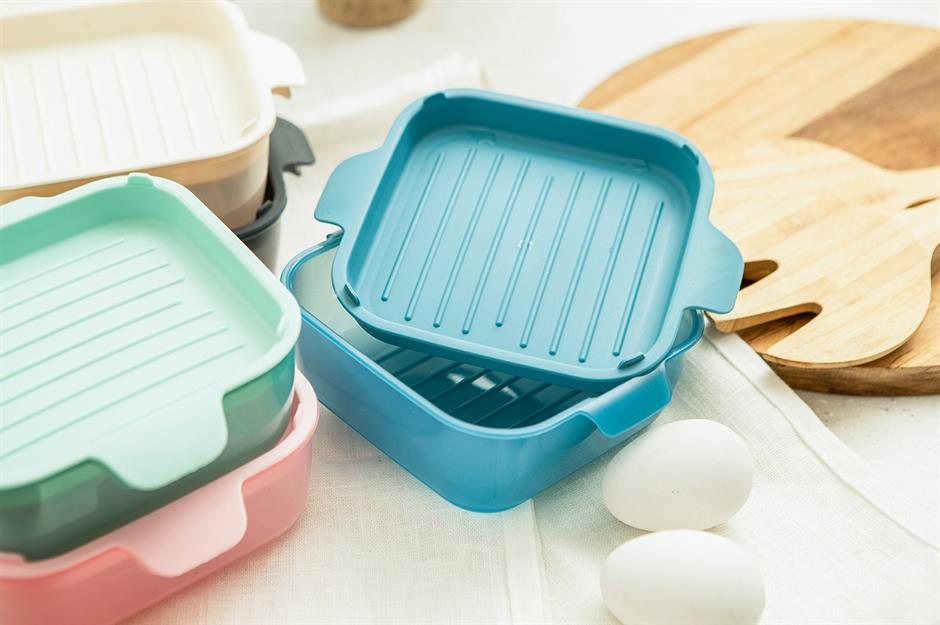
No space should go unused when you're packing up your entire life. Kitchens can be the hardest room to pack up with an assortment of miscellaneous items. To streamline your packing, place smaller items inside large ones. Stack empty containers together and stash sachets, tins and other store cupboard ingredients in saucepans and casserole dishes.
Put knives in oven gloves
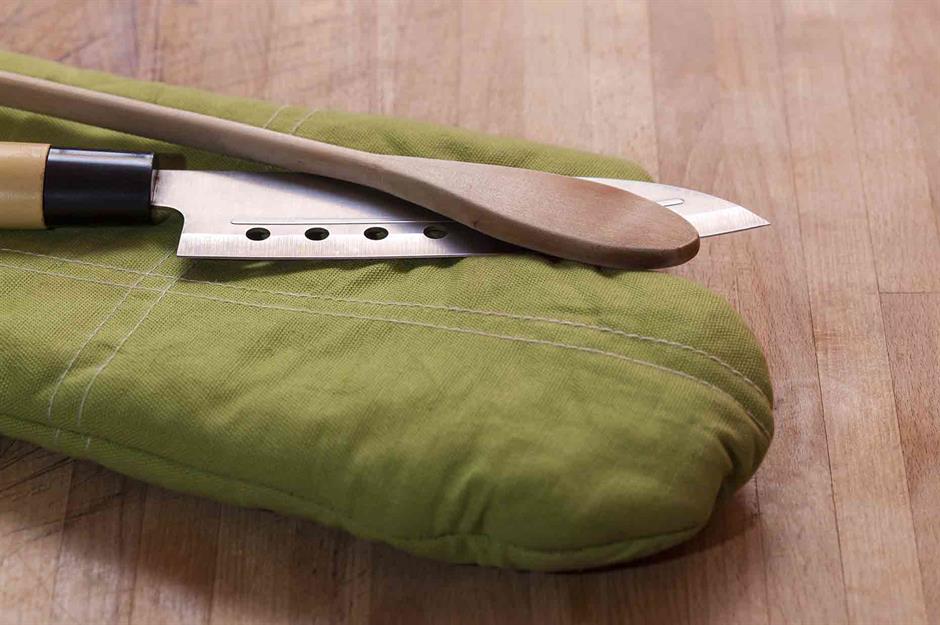
Canny packers really do eye up everything as a potential packing opportunity, even an empty oven glove. Wrap all your knives together with some tape, pop them inside an oven glove and pack them sharp end first to avoid injuring yourself when you go to unpack the box later.
Remove lampshades
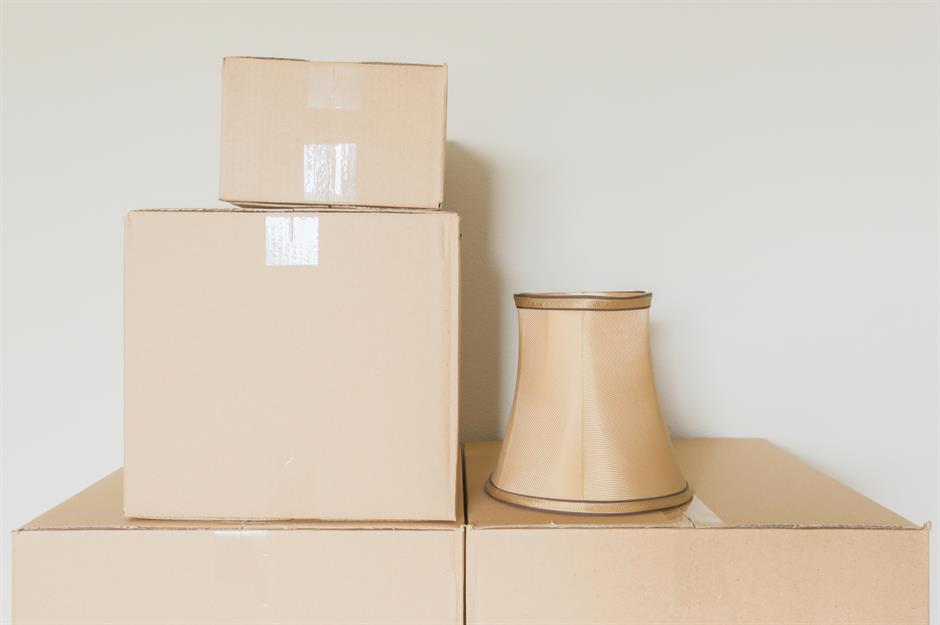
Remember to remove lampshades from tall floor lamps and put them in separate boxes, as they are easily dented and torn. Pack shades in a box with soft linen or clothes inside and around them to prevent them from being crushed or creased.
The lamp base should be wrapped carefully too, making sure you either bubble wrap the bulb or remove it and place it with the lampshade.
Tape a cross on large mirrors and glass frames
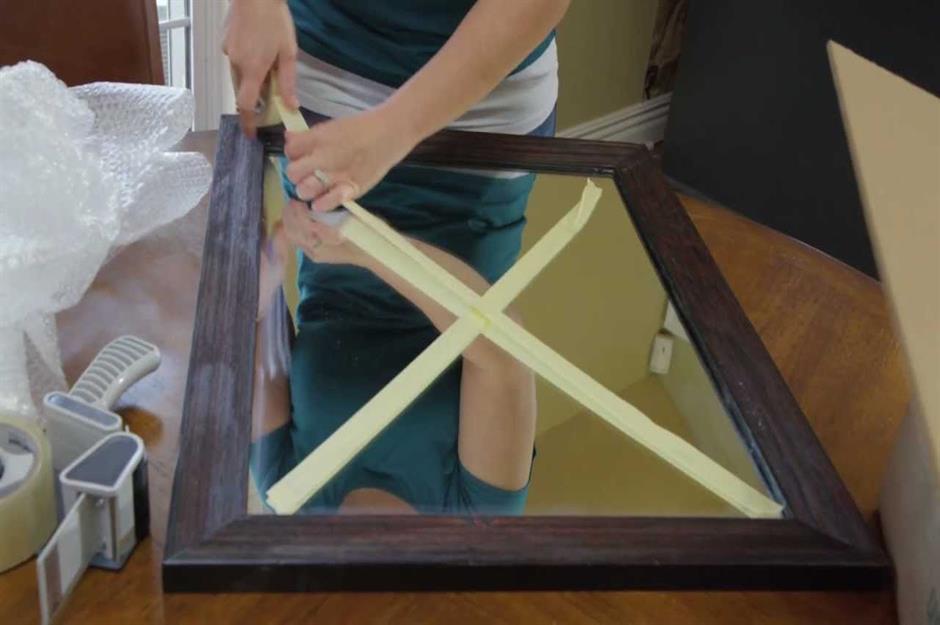
As well as wrapping large framed objects and mirrors in copious amounts of bubble wrap, a genius tip from moving professionals U-Pack is to tape an 'X' across the glass. This helps to stop them from shattering – and should they break, the tape will also keep the broken shards in place.
Borrow a moving trolley
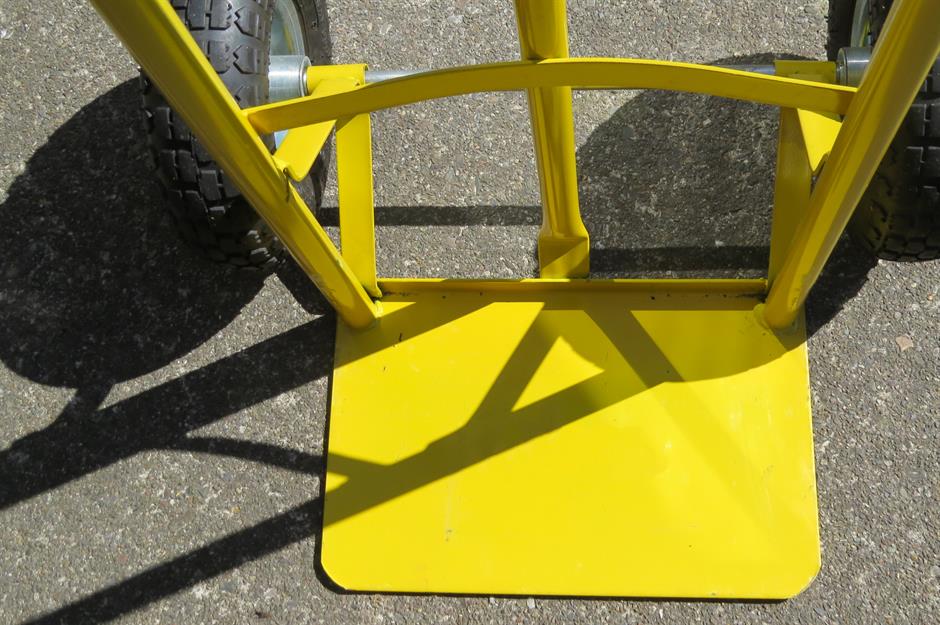
If you're not using a removal company, then definitely consider hiring some essential moving equipment. A dolly or hand truck will save you time, energy and potential breakages. Another great tip when packing your own vehicle is to face any drawer units or dressers towards the walls, so they can't swing open during transit.
Have an elastic band handy

The humble elastic band is an essential piece of kit for many life hacks and it certainly has its uses when it comes to moving day. You will be going in and out of your old and new home frequently and there's nothing more annoying than having to open the door each time.
If you can't put your door on the latch, hook an elastic band over the handles and position it so it keeps the latch pressed in. This may also prevent you from getting locked out by accident.
Ensure property access is unobstructed
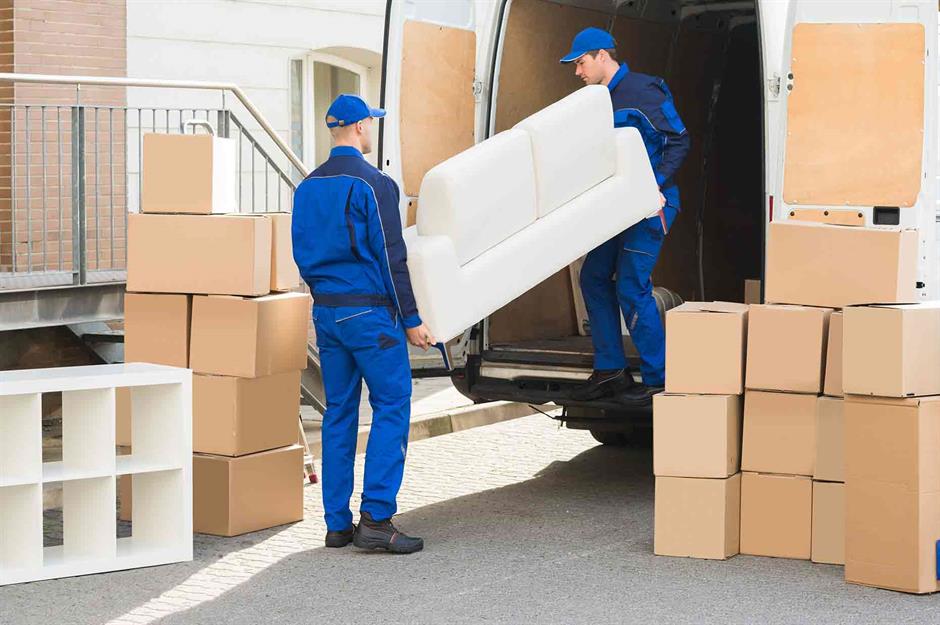
Whether you're hauling furniture yourself or you've enlisted professional movers to help, it's vital that you have a clear path from your home to the removal van come the big day. A few days before the move, it's a good idea to warn your neighbours that you'll need unobstructed access to your front door, just so they don't accidentally park somewhere inconvenient.
Be sure to check out the parking situation at your new home, too, and ensure there's enough space to accommodate a large van. Prewarn your movers if there are any access issues they need to be aware of.
Loved this? Check out more expert home organisation tips
Comments
Be the first to comment
Do you want to comment on this article? You need to be signed in for this feature